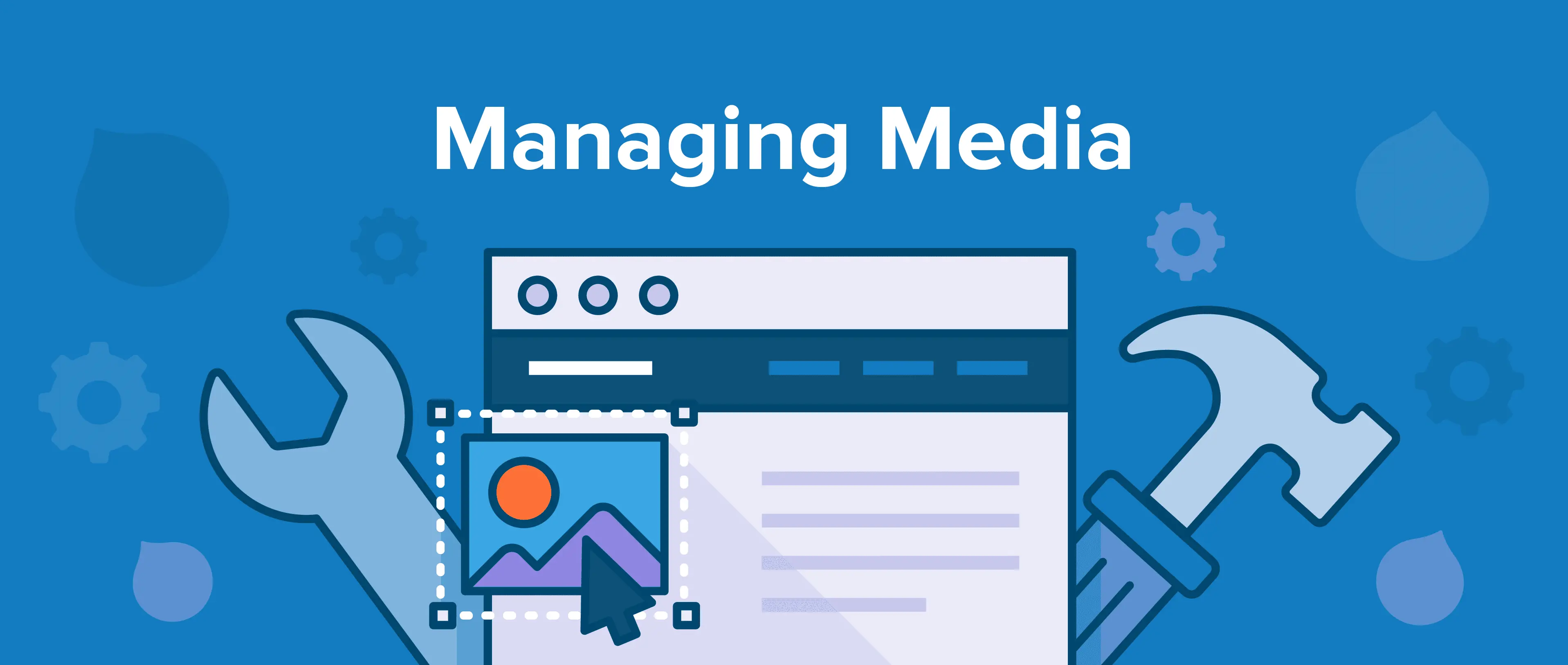Mastering Media and File Management in Your Drupal Site
Mastering Media and File Management in Your Drupal Site

In today's digital landscape, rich media content plays a vital role in engaging website visitors. Managing media and files effectively in your Drupal site is crucial for delivering an exceptional user experience. In this blog post, we'll dive into the world of media and file management in Drupal, covering best practices and techniques to ensure your site is both visually appealing and well-organized.
Understanding Media and File Management in Drupal:
Drupal offers a robust set of tools and features for managing media and files within your website. This includes images, videos, audio files, documents, and more. Let's explore the core elements of media and file management:
1. Media Libraries:
Drupal provides a Media Library module that allows you to organize and manage media assets. You can categorize and tag media items for easy retrieval and reuse.
2. File Upload and Validation:
Drupal lets you create content types that allow file uploads. You can implement validation rules to ensure that uploaded files meet specific criteria, such as file type or size.
3. Image Management:
Images are an integral part of web content. Drupal allows you to manage images by creating image styles for resizing and cropping, optimizing image delivery, and implementing responsive images for various devices.
4. Video and Multimedia Integration:
You can easily embed videos from platforms like YouTube or Vimeo. Drupal also supports video file uploads, allowing you to manage multimedia content directly on your site.
5. Document Handling:
Documents, such as PDFs, Word files, and spreadsheets, can be uploaded and organized in your Drupal site. Users can download them as needed.
Best Practices for Media and File Management:
1. Organization and Taxonomy:
Implement a structured organization system for your media assets. Use taxonomy terms to categorize media files for easy retrieval and use.
2. Use Responsive Images:
To ensure that your site looks great on all devices, implement responsive images. This technique delivers appropriately sized images based on the user's screen size and device capabilities.
3. Image Optimization:
Optimize images for the web to reduce page load times and save bandwidth. Drupal provides tools to automatically optimize images during upload.
4. Accessibility:
Ensure that media content is accessible to all users, including those with disabilities. Provide alternative text for images and captions for videos.
5. Security:
Implement security measures to protect against malicious file uploads. Regularly update Drupal core and contributed modules to patch any security vulnerabilities.
6. Backup and Recovery:
Regularly back up your site's media and files to prevent data loss. Have a disaster recovery plan in place.
7. Content Moderation:
Implement content moderation workflows to control who can upload and manage media. Ensure that uploaded content aligns with your site's guidelines.
Conclusion:
Media and file management is a fundamental aspect of creating an engaging and user-friendly Drupal site. By organizing, optimizing, and securing your media assets, you can enhance the visual appeal and functionality of your website.
Drupal offers a range of tools and modules that simplify the process of managing media and files. Whether you're showcasing images, sharing documents, or embedding multimedia content, efficient media and file management is key to delivering a compelling user experience. With these practices in place, your Drupal site will be well-prepared to meet the demands of your audience.